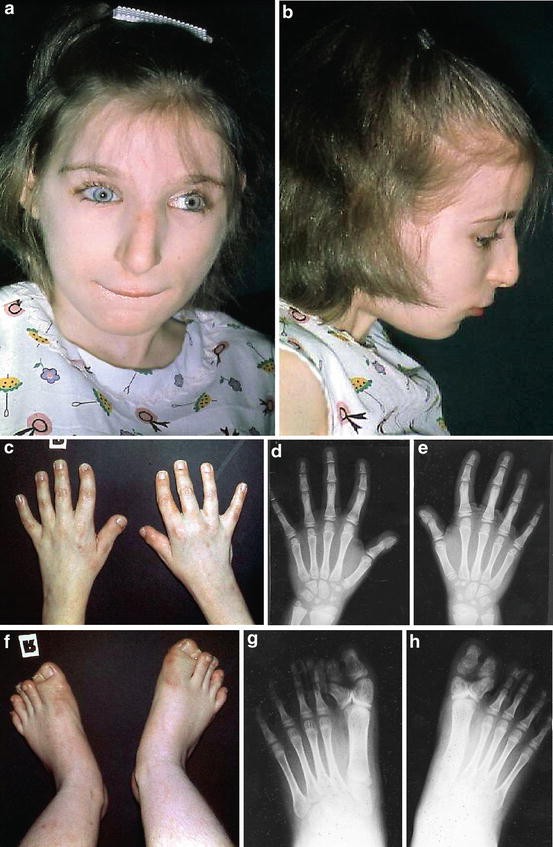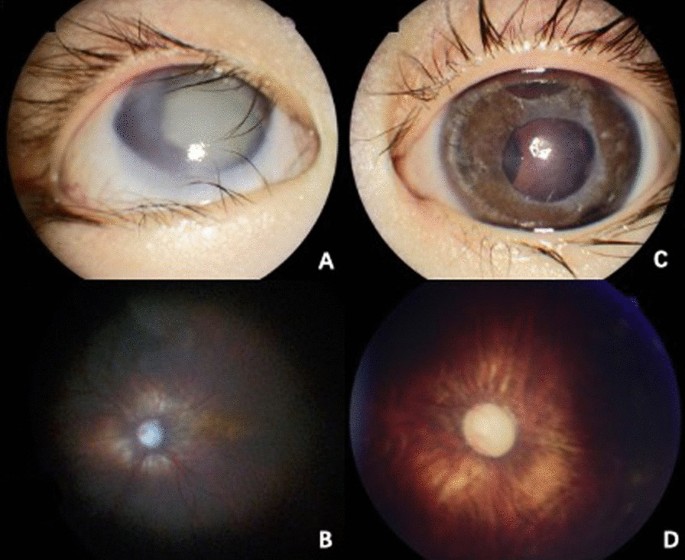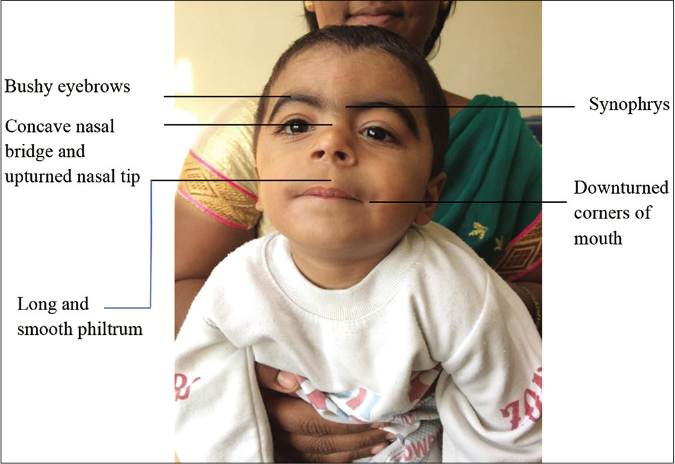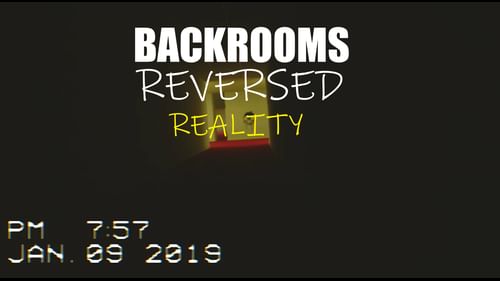Cornelia de Lange Syndrome - GeneReviews® - NCBI Bookshelf
Por um escritor misterioso
Descrição
Cornelia de Lange syndrome (CdLS) encompasses a spectrum of findings from mild to severe. Severe (classic) CdLS is characterized by distinctive facial features, growth restriction (prenatal onset; <5th centile throughout life), hypertrichosis, and upper-limb reduction defects that range from subtle phalangeal abnormalities to oligodactyly (missing digits). Craniofacial features include synophrys, highly arched and/or thick eyebrows, long eyelashes, short nasal bridge with anteverted nares, small widely spaced teeth, and microcephaly. Individuals with a milder phenotype have less severe growth, cognitive, and limb involvement, but often have facial features consistent with CdLS. Across the CdLS spectrum IQ ranges from below 30 to 102 (mean: 53). Many individuals demonstrate autistic and self-destructive tendencies. Other frequent findings include cardiac septal defects, gastrointestinal dysfunction, hearing loss, myopia, and cryptorchidism or hypoplastic genitalia.
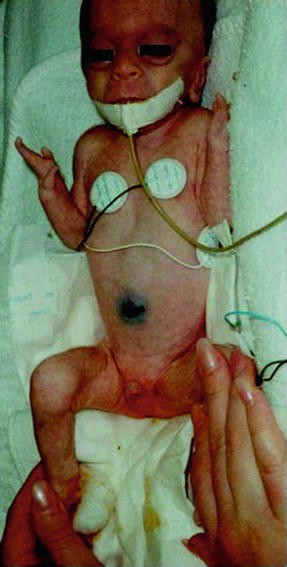
De Lange Syndrome

Figure 1. [Facial features of a male]. - GeneReviews® - NCBI Bookshelf
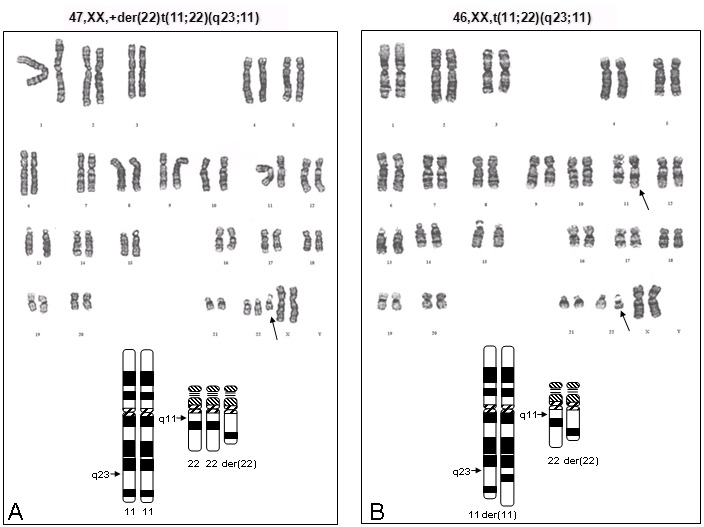
Figure 1, [A. Karyotype and schematic ideogram]. - GeneReviews® - NCBI Bookshelf

PDF) Incomplete Cleft Palate in Cornelia de Lange Syndrome

Abstracts from the 55th European Society of Human Genetics (ESHG) Conference: e-Posters
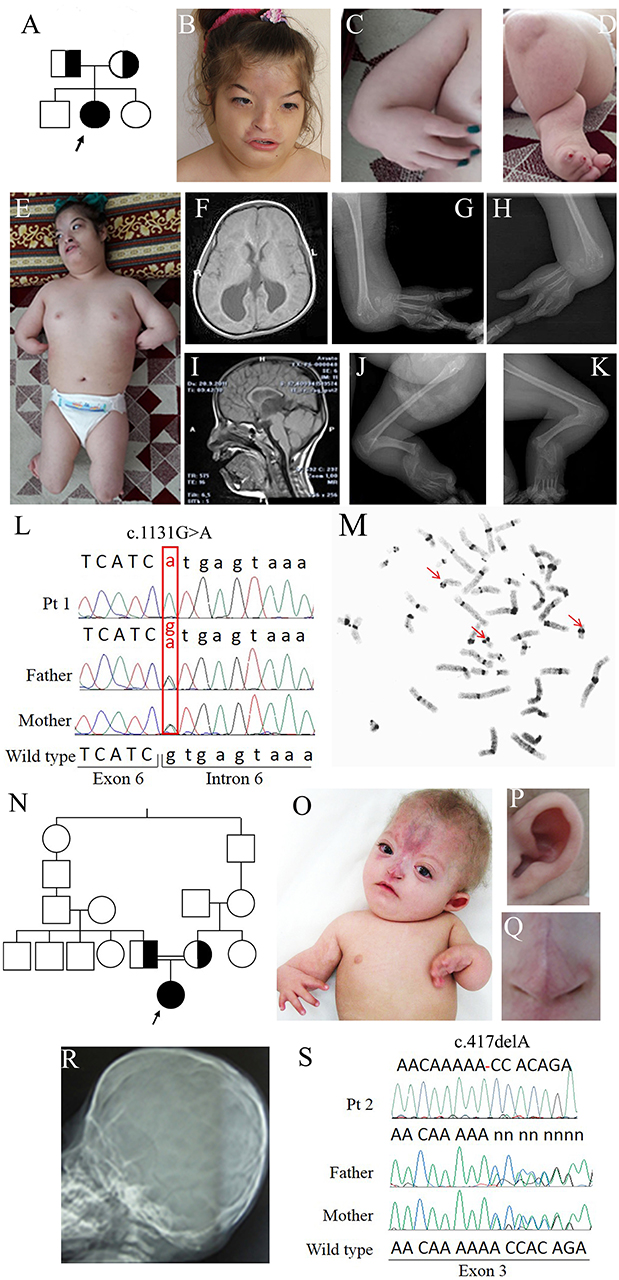
Frontiers Phenotypic Overlap of Roberts and Baller-Gerold Syndromes in Two Patients With Craniosynostosis, Limb Reductions, and ESCO2 Mutations

Cornelia de Lange Syndrome: insights into neural development from clinical studies and animal models - ScienceDirect

genereviews.org - GeneReviews® - NCBI Bookshelf

Cornelia de Lange Syndrome: insights into neural development from clinical studies and animal models - ScienceDirect

Roifman Syndrome disease: Malacards - Research Articles, Drugs, Genes, Clinical Trials
de
por adulto (o preço varia de acordo com o tamanho do grupo)
